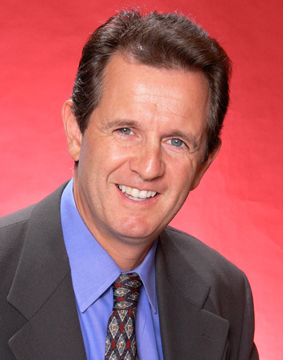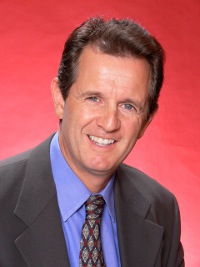 July 2, 2013, wasn’t just another day. On that day, there was a LAUSD School Board meeting unlike any other in recent memory.
July 2, 2013, wasn’t just another day. On that day, there was a LAUSD School Board meeting unlike any other in recent memory.
Each year, at the first LAUSD Board meeting in July, the seven School Board members (laschoolboard.org) vote to elect a president. While the School Board president doesn’t have expanded powers, the position affords an opportunity to set the tone, run Board meetings, and work closely with the superintendent to determine meeting agendas.
At the July 2 Board meeting, three members began a four-year term: District 2 Board Member Monica Garcia, District 4 Board Member Steve Zimmer, and District 6 Board Member Monica Ratliff. [Read more…]









 When teachers are accused of misconduct, sometimes we’re outright fired or placed in “rubber rooms,” a.k.a. teacher jail. According to LAUSD District policy (Bulletin-5168.0), if no impropriety is discovered, we’re supposed to return to our assignment within 120 days. Yet teachers routinely languish away in rubber rooms for years while the District places blame for this exile on the time it takes to conduct police investigations.
When teachers are accused of misconduct, sometimes we’re outright fired or placed in “rubber rooms,” a.k.a. teacher jail. According to LAUSD District policy (Bulletin-5168.0), if no impropriety is discovered, we’re supposed to return to our assignment within 120 days. Yet teachers routinely languish away in rubber rooms for years while the District places blame for this exile on the time it takes to conduct police investigations. Dear LAUSD School Board Members, Superintendent Deasy, Secretary Duncan, and President Obama,
Dear LAUSD School Board Members, Superintendent Deasy, Secretary Duncan, and President Obama, Several hundred educators gathered outside the Los Angeles Unified School District headquarters Tuesday to encourage the district to rescind the more than 5,000 layoff notices sent to Los Angeles teachers.
Several hundred educators gathered outside the Los Angeles Unified School District headquarters Tuesday to encourage the district to rescind the more than 5,000 layoff notices sent to Los Angeles teachers.  As we approach Oscar weekend, I want to take this opportunity to thank the Academy. Thank you, Academy of Motion Pictures Arts and Sciences voters, for recognizing that the movie “Waiting For Superman” had about as close a connection to reality as Bill Gates does to the struggles of working class families.
As we approach Oscar weekend, I want to take this opportunity to thank the Academy. Thank you, Academy of Motion Pictures Arts and Sciences voters, for recognizing that the movie “Waiting For Superman” had about as close a connection to reality as Bill Gates does to the struggles of working class families.  By David Lyell (left), L.A. Unified Teacher
By David Lyell (left), L.A. Unified Teacher I listened as this teacher passionately described how a group of unproven business people were coming into a community in which she has worked for years, cares so much about, and has given so much of her life to. I had heard about people being bused in to vote the last time this charade known as reform took place, and asked if she had seen any buses. She said that the charter operators had brought several busloads.
I listened as this teacher passionately described how a group of unproven business people were coming into a community in which she has worked for years, cares so much about, and has given so much of her life to. I had heard about people being bused in to vote the last time this charade known as reform took place, and asked if she had seen any buses. She said that the charter operators had brought several busloads.




